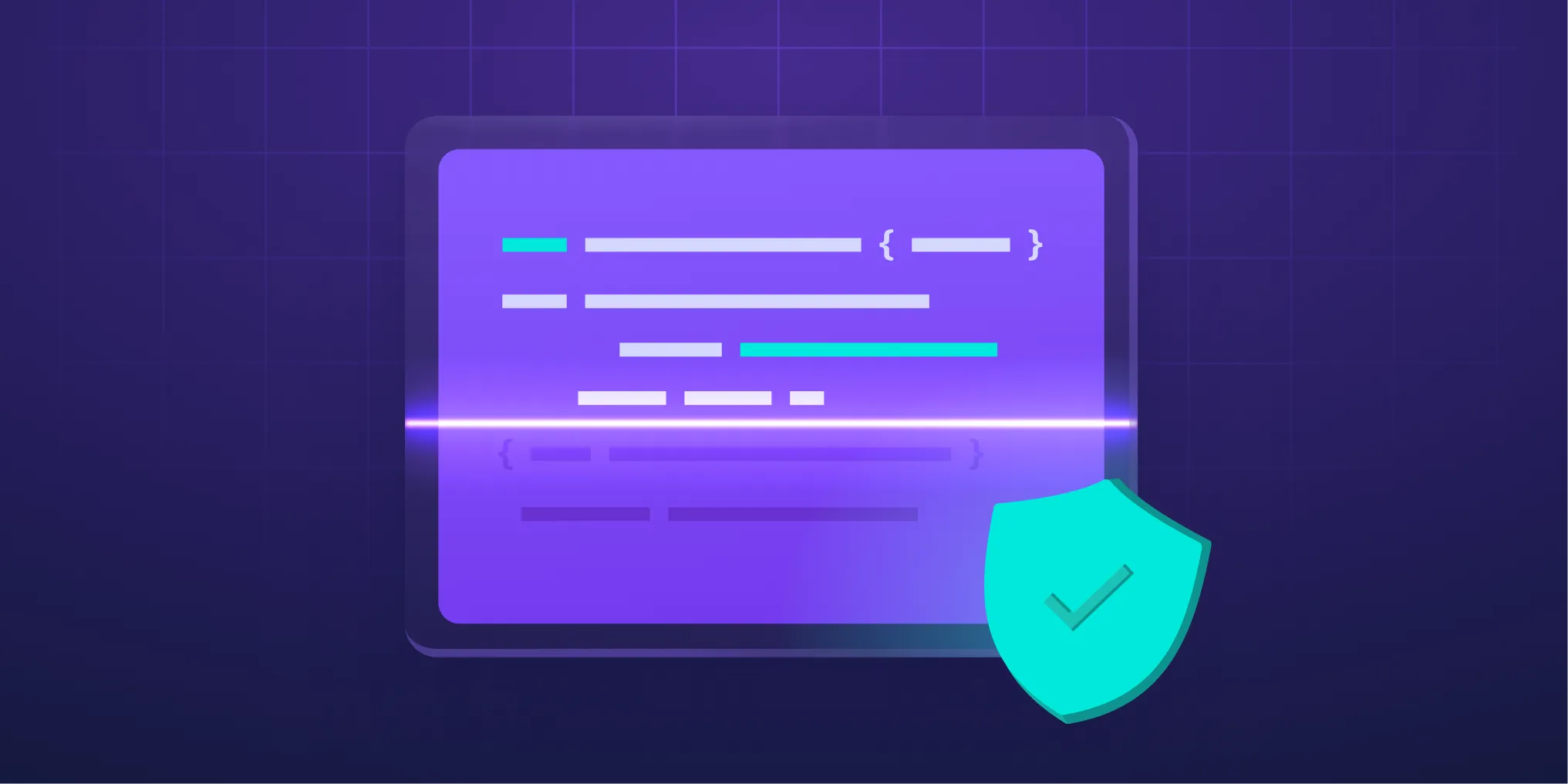
When security tools are ignored, the root cause isn’t always developer resistance. More often, it’s that these tools interrupt developer workflows. If your static application security testing (SAST) tools and software composition analysis (SCA) tools aren’t seamlessly integrated into the IDE, they’re already a step behind. DevOps engineers know that if something doesn’t fit into the developer’s environment, it won’t get used. And in the case of security, that can mean serious vulnerabilities slipping through the cracks.
The Meaning of SAST vs. SCA in the IDE
It’s essential to understand the distinction between SAST tools and the meaning of SCA within the IDE context:
-
SAST (Static Application Security Testing) analyzes source code for bugs and flaws as you write.
-
SCA (Software Composition Analysis) identifies third-party dependencies—both direct and transitive—containing security vulnerabilities or license risks.
A strong IDE integration supports both:
-
SAST scan results that appear inline or in the side panel
- SCA tools that flag outdated or risky packages in package.json, pom.xml, etc.
Why IDE Integration Matters for DevOps and Security Collaboration
Developers spend most of their time inside their IDE, not in dashboards, security consoles, or external portals. For SAST scanning and SCA, understanding results is key to ensuring tools are used effectively within the IDE environment. Tools that require jumping through hoops or waiting on scan results simply don’t scale with fast-moving developer teams. Security at the speed of development only happens when issues can be caught and fixed without leaving the editor.
IDE-native security enables:
- Real-time code scans as code is written
- SCA alerts for insecure or risky dependencies before code is committed
- Remediation guidance that provides suggested fixes that can be implemented in a single click, as well as explain and educate about secure code and the issues with the identified lines of code
The Reality: Many IDE Integrations Fall Short
Plenty of vendors claim to have IDE integrations, but the reality is that many are underwhelming for developer teams. Any of these challenges sound familiar?
- Slow feedback loops that interrupt development
- Poor UI/UX that clutters the coding experience
- Lack of actionable guidance—forcing devs to Google for fixes
- Limited or no support for transitive dependency analysis
These half-baked integrations frustrate developers and erode trust in AppSec programs. Without meaningful integration, even best-in-class scanning engines fail to gain traction.
Platforms like Checkmarx One go beyond check-the-box IDE support, with IDE plugins that offer real-time vulnerability detection, AI-powered remediation assistance, and even auto-remediation capabilities. This means devs get not just a warning, but a solution—all without leaving their workflow.
What Makes a Good IDE Integration for SAST and SCA Tools?
To earn developer adoption, an IDE integration must:
- Provide real-time codescanning without performance hits
- Flag open-source risks from both direct and transitive dependencies
- Surface malicious package alerts from trusted sources
- Offer contextual, actionable fix recommendations
- Support automated remediation of common issues
- Run in the background and on commit/save events
Checkmarx One, for example, supports deep transitive dependency scanning, security gateways for private artifact registries (e.g., JFrog Artifactory), and the industry’s largest malicious package database (410,000+ entries to date).
Planning Your Move to Cloud-Native SAST?
Modern AppSec isn’t just about finding issues—it’s about fixing them where developers work. Use our interactive calculator to see how IDE-integrated SAST and SCA tools can reduce risk while improving velocity.
How SAST and SCA Adoption Hinges on Developer Experience
You can have the most powerful scanning engine in the world, but if developers don’t use it, it doesn’t matter. Dev teams need to measure the success of their tools not by features, but by actual usage and remediation rates.
When security feedback is integrated into the development process:
- Vulnerabilities are identified earlier
- Fixes are faster and easier
- Rework and tech debt are minimized
Addressing the Challenges of SCA in the IDE
SCA isn’t just about pointing out vulnerable packages incorporated by developers. It must also:
- Validate transitive dependencies to unlimited depth to ensure that all packages called by other packages are safe
- Perform reachability analysis to reduce noise and prioritize remediation efforts by tracing all potential call paths from application code to unsafe library functions
- Warn about the presence of packages containing malicious code or exhibiting suspicious behavior
- Flag package usage licensing or policy violations
- Recommend safe package alternatives with fix effort estimations
For example, Checkmarx’s SCA engine delivered 100% true positives and zero false positives in a third-party benchmark. That level of accuracy matters when developers are deciding whether to act immediately or flag something for later attention.
What Software Developers Should Look For in IDE Security Tools
Here’s a checklist to help software developers evaluate SAST and SCA tools:
- Does it support the IDEs that your dev teams are using?
- Does it scan code for security vulnerabilities in real-time?
- Does it show both SAST and SCA results clearly?
- Does it detect malicious packages, not just vulnerabilities (CVEs)?
- Does it check third-party libraries that are dependencies of dependencies?
- Does it perform reachability analysis on discovered packages containing vulnerable code?
- Does it provide specific remediation guidance?
- Does it provide auto-remediation capabilities to reduce manual work?
- Is there access to ASPM in the IDE so developers can identify the riskiest applications?
Security That Shows Up Where Developers Do
Enterprises can’t afford to treat security as an afterthought. For SAST and SCA to work effectively, they need to be part of the developer’s environment—not a separate workflow. IDE integration is more than a convenience feature; it’s a prerequisite for adoption, remediation, and ultimately, security success. Choose tools that offer security where devs live—and watch your AppSec program finally gain real traction.
Secure Code Without Leaving Your IDE
Explore how Checkmarx SAST and SCA integrate directly into your IDE to deliver real-time scanning, fix suggestions, and zero disruption to developer workflows.